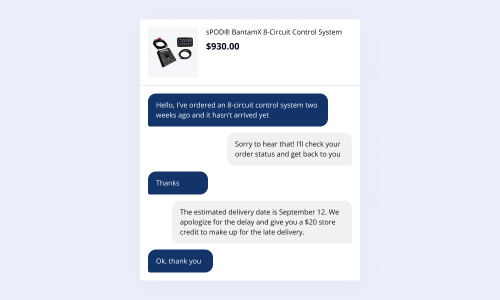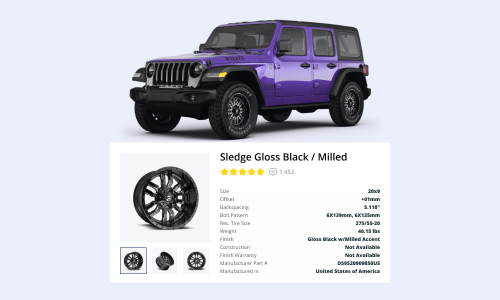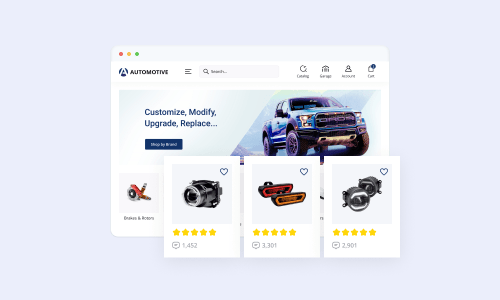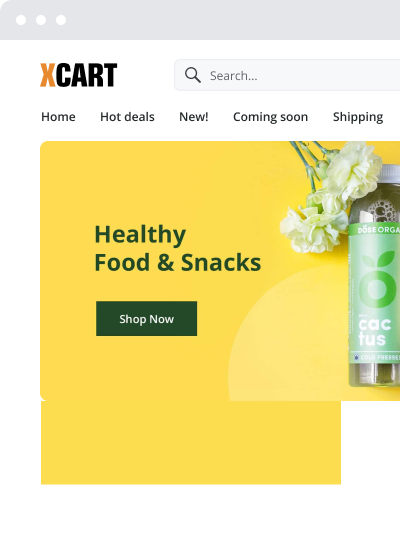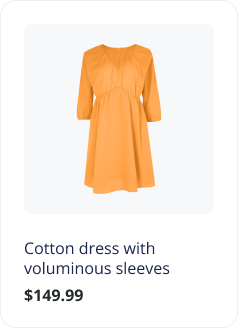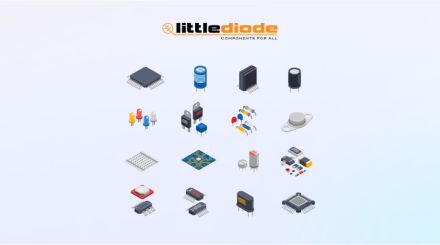Hyper Personalization: Why Use It + 11 Personalization Tips

You are here probably because you are in search of new ways of improving your marketing strategy.
Let me guess. You have your email marketing determined, content evergreen and constantly updating, SEO done right, social media for customer loyalty, and visitors browsing and purchasing in your online store.
But there is always that little voice in your head wondering if you can do more. How else can you improve your customer experience?
How about setting up a hyper personalized campaign?
I. Personalization Service Definition
Some time has passed since I dived into the theme and now I feel I’ve got experience enough to share it with you.
What’s more, for myself, I define our success by how successful our clients are and how our software and services help you achieve your business goals.
See, I am sending you a personal message here. (That doesn’t diminish the fact that I do care, I really do!)
But the question is: is this strategy what they now call hyper personalisation? Let us sort it out, come join me here.
We’ll peek a little bit into hyper personalization theory, look at what techniques can be used for creating personalized offers, and see some personalization examples. But first things first, let us start with hyper personalization definition.
II. What is Hyper Personalization?
Business2Community defines hyper-personalization as the use of data to provide more personalized and targeted products, services, and content.
That, to my mind, is too common a definition, because it doesn’t explain what differs it from traditional personalization. But for the sake of explanation, it’s just perfect.
Long story short, we use all the data that we possess for creating personalized content for each visitor individually. Ideally, hyper personalized marketing means you accompany your customer’s journey all the way.
But this statement poses even more questions. Like, what data do we gather and how? Which data can be considered relevant? How do we deliver personalized content?
Let’s address them one by one, shall we?
1. What data is relevant for hyper personalization?
First off, if you have ever made research on your buyer personas, you’re halfway there already.
You know their demographics, location, interests, gender, age, career, if they are married or single, etc. All these points may not bring much value on their own, but given the smart attitude, can bring overwhelming results.
Here you should add their online behavior, on your website and outside it. Where do your clients come from?
I don’t mean where they live, although this info may also be used. I mean, how did they end up on your website?
From Google? By a direct link? From an email campaign?
2. How do I gather the customer data for hyper personalization?
Virtually at any source you can lay your hands on.
Purchase history? Good. Google Analytics? Good! Enrichment data services? Goood!
The best part is, it doesn’t even have to be a paid service. You can make use of virtually any piece of data that you have. The more the better.
3. What data do you already have?
For starters, you have your online store. What do you know about your customers from there?
How long it takes for them to convert. How much money they are ready to spend with you. How likely they are to come back as return clients. What products they prefer. What is the best season/day of week/time of day for your sales.
Next, if you have a search tool intelligent enough, you can analyse your clients’ search statistics and from that, you’ll know what else they might need.
Last but not least, you can always ask your clients. Be it an onboarding personal call or a product/services survey, they will potentially get you plenty of customer information to work with.
4. What data enrichment tools can you use for hyper personalization?
All that you can get a hold of is good and useful. That is, provided that they are already your clients or at least contacted you at some point.
But what if you only have their email or name or company info? How much can you make from this piece of information?
For the sake of example, let’s say you have me browsing your website and at some point, I enter my email address, anastasiya.zhavoronkova@x-cart.com. What can you learn from that? At least my full name and the company I’m associated with, X-Cart.
Next, there are companies that provide data enrichment service. Basically, you enter a lead’s email address and they provide you with the additional data.
You enter my name and email in, say, Clearbit and get a whole lot of information, including what position I’m at and if I’m a decision maker for this company (which I’m not, by the way 🙂 ).
Finally, some services can help track my behavior on your website and a bit of past actions in the web (the page I came from, for example), like Google Analytics or Mixpanel. They do more than just track my behavior, to be fair, but let’s focus on tracking first.
Let us say, I landed on your homepage from the Google search page, then proceeded to the About Us page, and finally on to pricing.
What can that tell you? Can I be qualified as a lead? Okay, maybe I’m just doing research but you can predict with a certain share of confidence that I may be interested in buying from you.
It’s also good if you can integrate this service with your existing digital marketing strategy. This way, you don’t have to manually look up every lead and think of how you may interest them. Ideally, the enriched data is forwarded in the right direction based on the set of parameters.
5. Is all data equally useful for hyper personalized experience?
No way!
Fifteen, even ten years ago, hyper personalization was unheard of. But within the last few years, machine learning has become so natural that it’s now used widely.
The majority of services use neural networks to gather data across the internet. They typically provide you with plenty of data of all kinds. Such kind of data gathering is called big data and is very popular these days.
Deep learning, as opposed to big data, is intended to get you the valuable data. Provided that the majority of your visitors don’t spend much time on your website, you have to have behavioral and real time analysing arranged.
This way, big data processing takes much more time, so we can say it with a good share of certainty. Deep learning and hyper personalization should go hand in hand if your marketing team aims at the high level of personalization.
III. Examples of Successful Hyper Personalized Campaigns
I can go on and on about the importance of gathering data and using it for good customer experience. Or even bore you with the endless theory. I won’t.
I do believe that the best way to explain exactly how to use a marketing strategy is through an example.
So I surfed through some popular online stores and gathered 3 examples of their personalization lines.
1. Airbnb
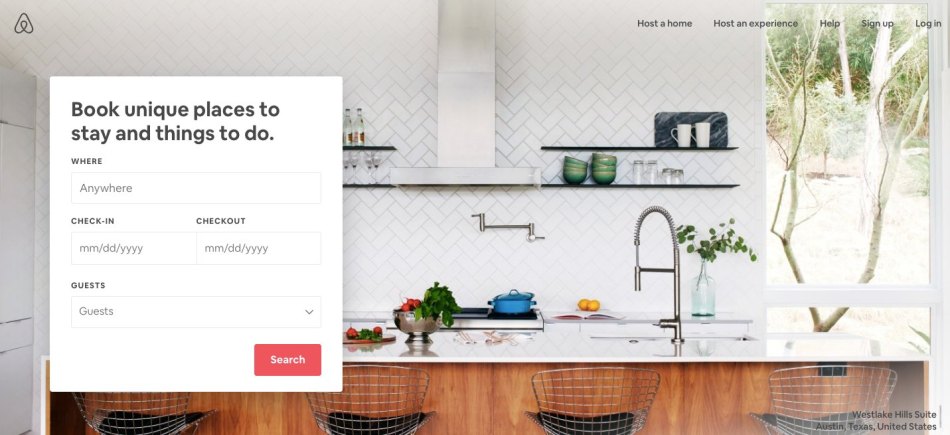
I never had to use Airbnb before, so my experience on the website corresponds to that of a newbie. So what was the first thing I noticed on Airbnb? It knew my location at once!
I got the website transformed right there for me: it switched to my language, my currency, it even knew my city!
(I did agree to the cookie policy first thing when I landed on the website, so all is good there with the GDPR policy.)
Host a Home
Proceeding to Host a Home experience, I got a form pre-filled for me. That was not necessary at all, considering the form consists of dropdowns that are easy to fill.
This way, it saved me what, 30 seconds? But this is undoubtedly a pleasant personal touch that I am sure to remember whenever I come back. Not to speak of other similar services lacking such personalization experiences.
The site also provides a FAQ and offers to read a few blog posts on how to start hosting people in your house. I am sure this is because I am an unregistered newcomer. For ‘ole but gold’ hosts, there are other handy materials available right there, I am positive about it.
Host an Experience
In case you have a hobby and you would like to share it with people, or you are ready to plan and organize a tour around your hometown, you can offer it on Airbnb, too.
To proceed, you only have to answer a few simple questions (in the form of tapping a radio button).
What impressed me is that they gave a few simple examples of what they consider an experience worth offering and what is not — before proceeding with the application form.
Again, that personal attitude, showing they care enough not to waste your time.
Imagine what you’d feel if you fill in all the necessary forms just to learn that your offer does not qualify as an Airbnb experience.
Book a Place
This is actually what the majority of their visitors come for. So the ‘find a place’ form is the first thing you see when you land. Clever, huh?
2. AliExpress
I realize too many of my posts mention AliExpress but look how smart they are about their marketing campaigns!
They are probably one of the pioneers in hyper personalization.
Personal recommendations
Do you remember a time when you were not shown recommendations based on your past orders or search history? Negative.
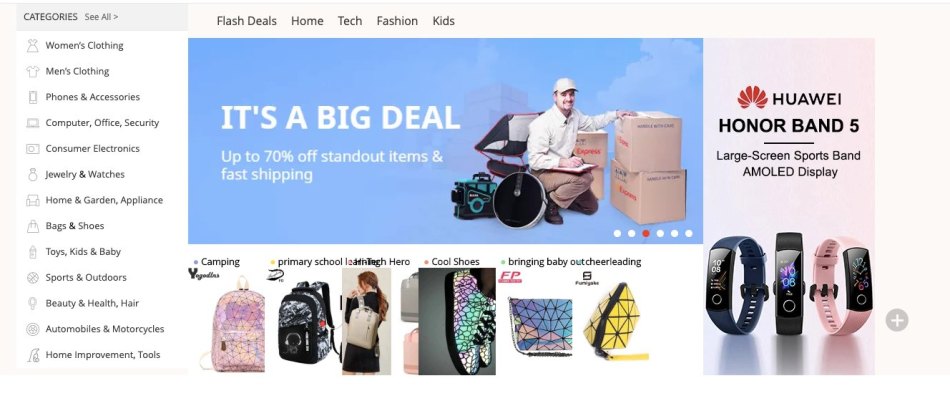
You can see from the screenshot that I was browsing for an unusual backpack for my ten-year-old kid.
Their recommendation engine is something outstanding.
Share your experience
What can be more soothing than people asking for your advice? I guess this is no news and we all know that for sure.
But AliExpress marketers actually use this knowledge to interact with their customers.
Browsing for a specific product, you can ask a question and people who have ordered it can share their experience. Anytime a question is posted, the users who already have it, receive an email notification prompting them to share their experience.
How do AliExpress people benefit from it, you may ask. First of all, they gain loyal customers and involve them in social shopping.
Also, this is the most surefire way to show that people are interested in the product, hence, increase the chance it’s sold.
3. Reebok
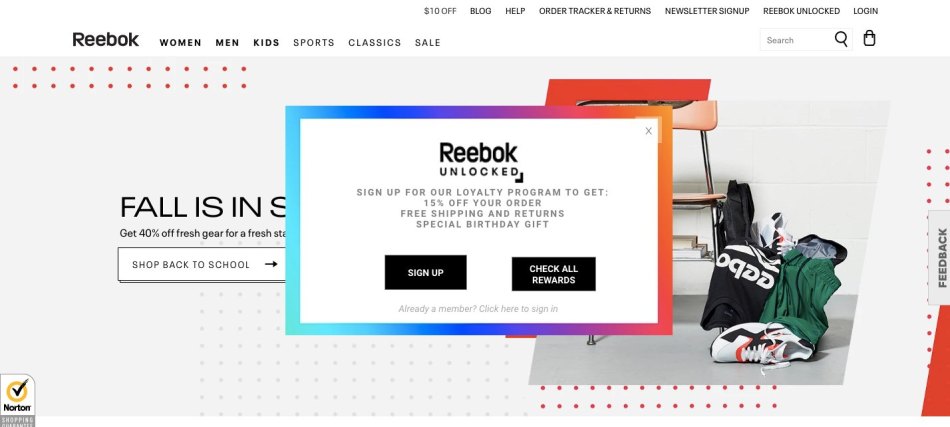
As I wrote previously, Reebok already rock at omni-channel marketing, which makes them a star.
Now to their personalization level.
Email personalization examples
A few weeks back, I was looking for a pair of sneakers. I surfed through a few online stores, including Reebok and decided to hold back for a few days.
And you know what? Reebok were the only ones who detected me on their website and cared enough to send a reminder. They asked — unobtrusively — if I needed help finding the right pair or determining the correct size.
Just so you know, I never added anything to cart there, so this is not another abandoned cart reminder — I guess almost everyone uses them already. What I saw there is that they tracked my journey through their online store, analyzed it and sent a custom message. Very nice of them.
Feedback collection
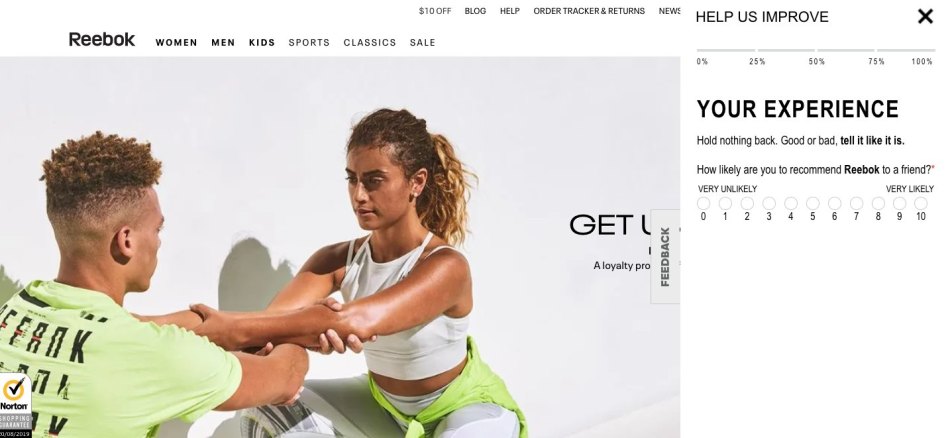
They collect customer reviews in the form of a short survey. The feedback button is available at every page of their website in a subtle yet noticeable place — at the right-hand edge.
For carrying out extra tasks, it’s convenient to use the services that specialize in them, like Typeform for feedback collection. It saves you a lot of time and effort if they all could be intergated and syncronized.
X-Carters use Zapier for managing their automations for a while now to cross-integrate third-party services in their eCommerce business. We’re now proud to be added in Zapier’s top eCommerce apps!
IV. 11 Tips That Will Help You Build Your Hyper Personalization Strategy
You’ll certainly need some time to digest the information into a new personalization strategy. In case you need some inspiration, here are my insights:
- Try and learn your target audience as well as you can. This doesn’t just mean collecting their emails or other useful data, but their personal interests, too. The better you know your audience, the better you can show them your personal attitude. As a side effect, you’ll adjust your marketing funnel and create a thorough customer journey map.
- Lead enrichment allows for precise targeting, and deep learning allows for precise enrichment.
- Never neglect lead scoring — this will save your customer care team time and effort and point them in the right direction.
- It’s good if you can set up automatic lead routing. This way, the hottest leads get straight to the salesman working with them.
- A smart happy customer detection system allows to determine your brand advocates and invite them to take part in loyalty or affiliate programs.
- People love chatbots, which rather came as a surprise to me. The technologies today allow for very human-like chatbots that can be used instead of forms.
All in all, people still need to fill in the info, only with a chatbot the interactive component makes it seem easier and more personal. Plus, you can set up various survey logic depending on the answers a person chooses. - Contextual journeys can increase your conversion rates dramatically though they are quite complex in setting up.
You can dynamically change the content on the website based on the actions a visitor takes. This way, a visitor sees the relevant content right away. Get this — you build a personal funnel for each and every one of your visitors. - Consider using messengers to interact with your customers. They are a really powerful tool for customer retention. They are mobile, direct, plus you can set up in-app push notifications. Companies who use messengers instead of sending out emails actually saw a 10x increase in opens!
- Automations are good and personal, but a human-to-human conversations can work magic. Onboard your customers after they’ve placed an order. I don’t just mean ask them if they liked your product. Consider offering them your advice as an expert in the field, too.
- Gathering product reviews consider asking your clients to help out other people instead of giving you a 5-star rating on reviewer websites. Re-engage them by asking for their opinion, for their story of how they use your products.
- Never reject negative reviews, value them even more than the excellent ones. They give you a clue of what your customers wait for, this is how you know where to develop.
V. Bottomline
This marketing strategy seems to require a lot more resources than the regular online marketing campaigns. And it does.
But then, is it worth the effort? It surely is, if customer satisfaction is what you go for in your digital marketing strategy.
Luckily, there are general automation software companies, like Criteo, that specialize in bringing all your tools altogether in one admin panel, cross-integrate all your business process, which makes building the hyper personalization logic so much easier.
Which hyper-personalization tools do you use?

Anastasia has over 8 years of experience in the eCommerce industry. Having been a Customer Care agent in the past, she knows exactly what eCommerce merchants' needs are, and uses her knowledge in Marketing to bring value to the community by sharing her thoughts on relevant topics.

